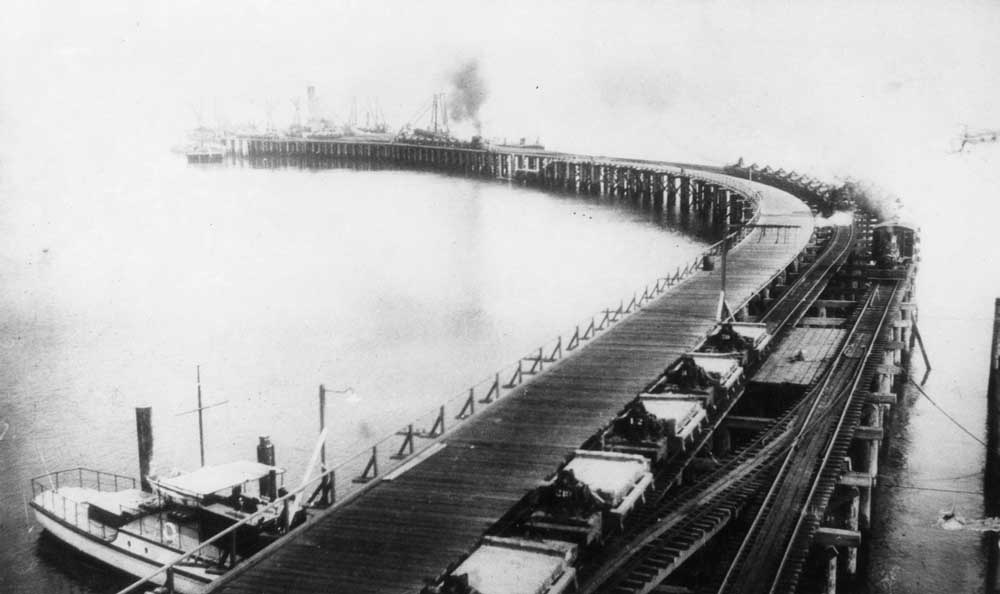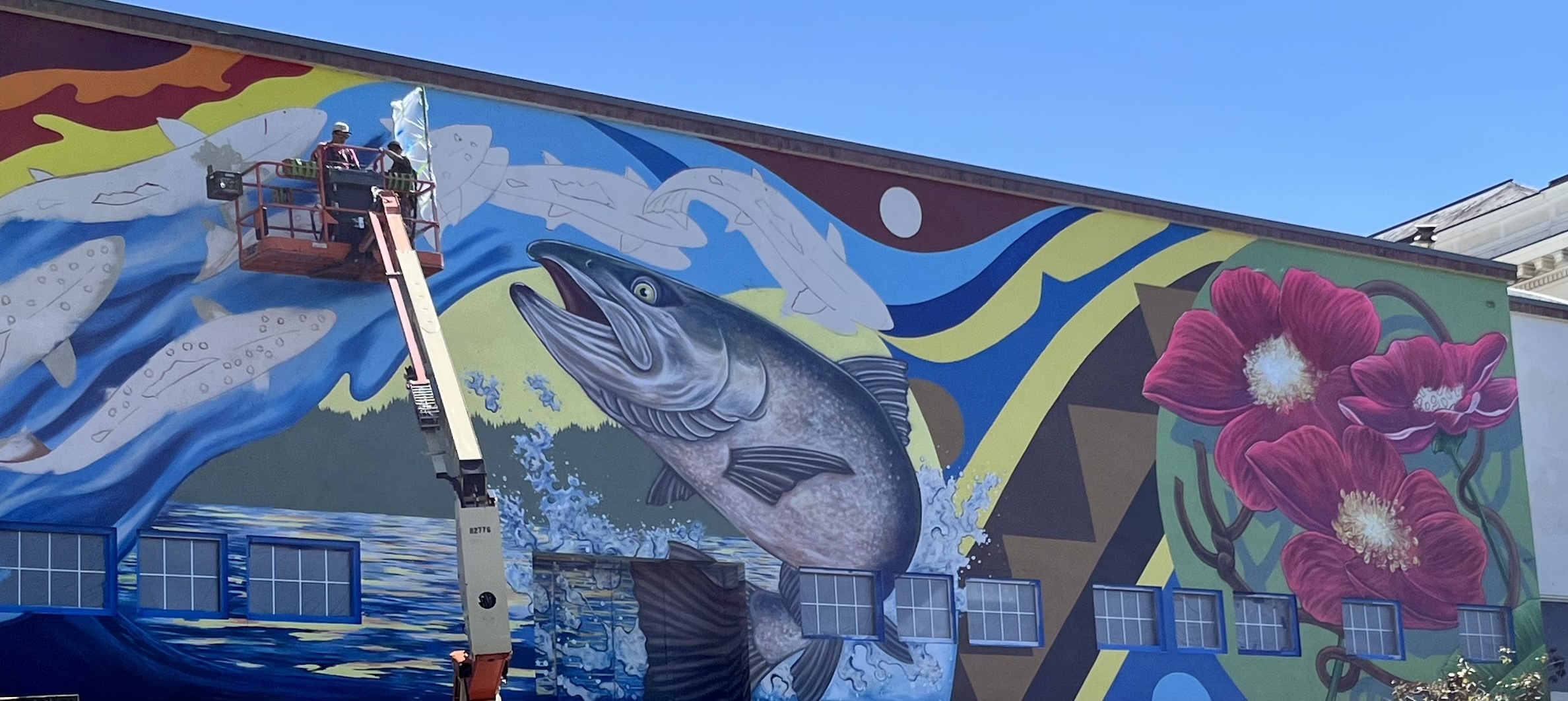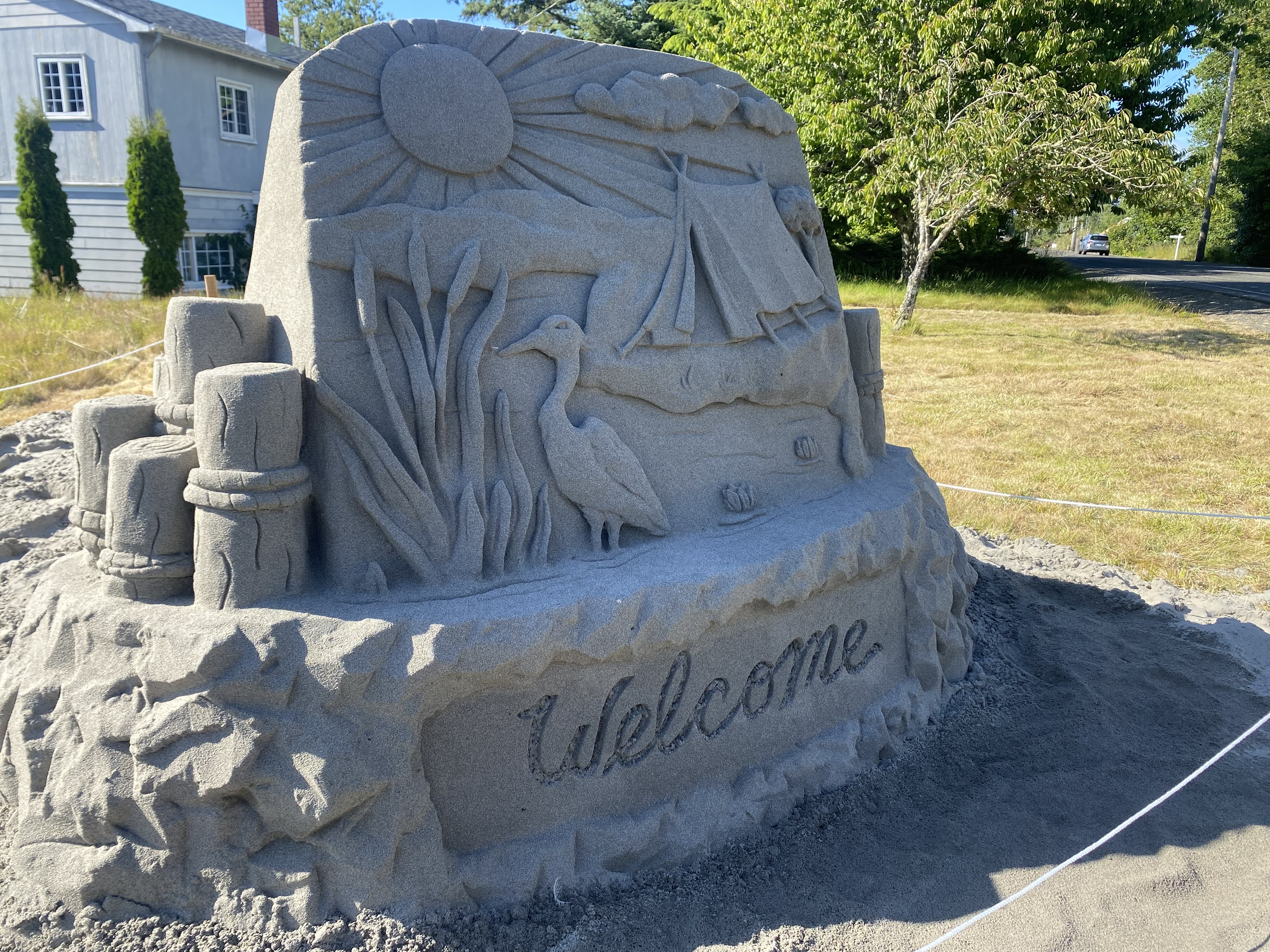Weekend Break: Fort Canby at Cape Disappointment
Published 1:00 pm Friday, October 4, 2024

- The wharf that led into the sorting yard at Fort Canby during the construction of North Jetty.
Fort Canby was one of the earliest forts built in Washington state. Located at Cape Disappointment, it was one of three major defenses on the lower Columbia River.
Conversations about the cape’s strategic location started shortly after Astoria was founded in 1811. Capt. Charles Wilkes of the United States Exploring Expedition noted in the 1840s that “a steamer, a few guns on Point Adams, and a small fort on Cape Disappointment would suffice to protect the entrance.”
This was seriously considered in the early part of that decade, as the U.S. and Great Britain fought over who would take control of the Oregon Territory.
Trending
Since the U.S. ended up formally acquiring the territory not long after, a government commission was sent to the West Coast in 1850 to make recommendations for defense sites and ports of entry.
Point Adams — on the Oregon side of the Columbia — and Cape Disappointment in Washington state were both identified.
The original property for Fort Canby Military Reservation was built by 1852 and was about 540 acres. The early years of the fort lacked fortification, as it struggled to get the needed appropriations from Congress.
It wasn’t until the start of the Civil War that Congress passed a fortification bill for the mouth of the Columbia, as there was concern of a Confederate attack. The new post on Cape Disappointment was officially activated in April 1864 and had officers’ quarters, barracks, a hospital, guard house and carpenter shop.
Initially known as “Fort Cape Disappointment,” the area was renamed to “Fort Canby” in 1875 in honor of Gen. Edward Richard Sprigg Canby. An official lifesaving service was also put in place at the fort in 1877.
After the threat of the Civil War had passed, the structures around Fort Canby were somewhat neglected. Fortifications were falling apart through the 1890s until more appropriations were given to refurbish the area.
Trending
Although defenses along the river were generally increased during World War I, Fort Canby’s were lessened. After the war, the only company remaining at the mouth of the Columbia was Fort Stevens. It had “caretaker detachments” that were sent occasionally to Fort Canby and Fort Columbia.
In anticipation of World War II, Battery B, 249th Coast Artillery was dispatched to Fort Canby in 1941 and began building new structures to bring the defense system back to life.
Its occupants worked with Fort Columbia and Fort Stevens to create the “Triangle of Fire” that protected the mouth of the Columbia. The Triangle of Fire also included minefields that were placed along the entrance to the river.
Thankfully, none of the forts saw much action except on June 2, 1942, when a Japanese submarine fired on Fort Stevens. No one was harmed and no significant damage was done, but this attack was the only one committed by a foreign craft on the continental United States since the War of 1812.
As the war came to a close, the government began evaluating the necessity of many forts around the country. By 1947, Forts Stevens, Columbia and Canby were all declared excess to the needs of the War Department and personnel were withdrawn.
For years, Cape Disappointment State Park was known as Fort Canby State Park. It was renamed in 2003 to highlight the area’s connection to the Lewis and Clark expedition.









